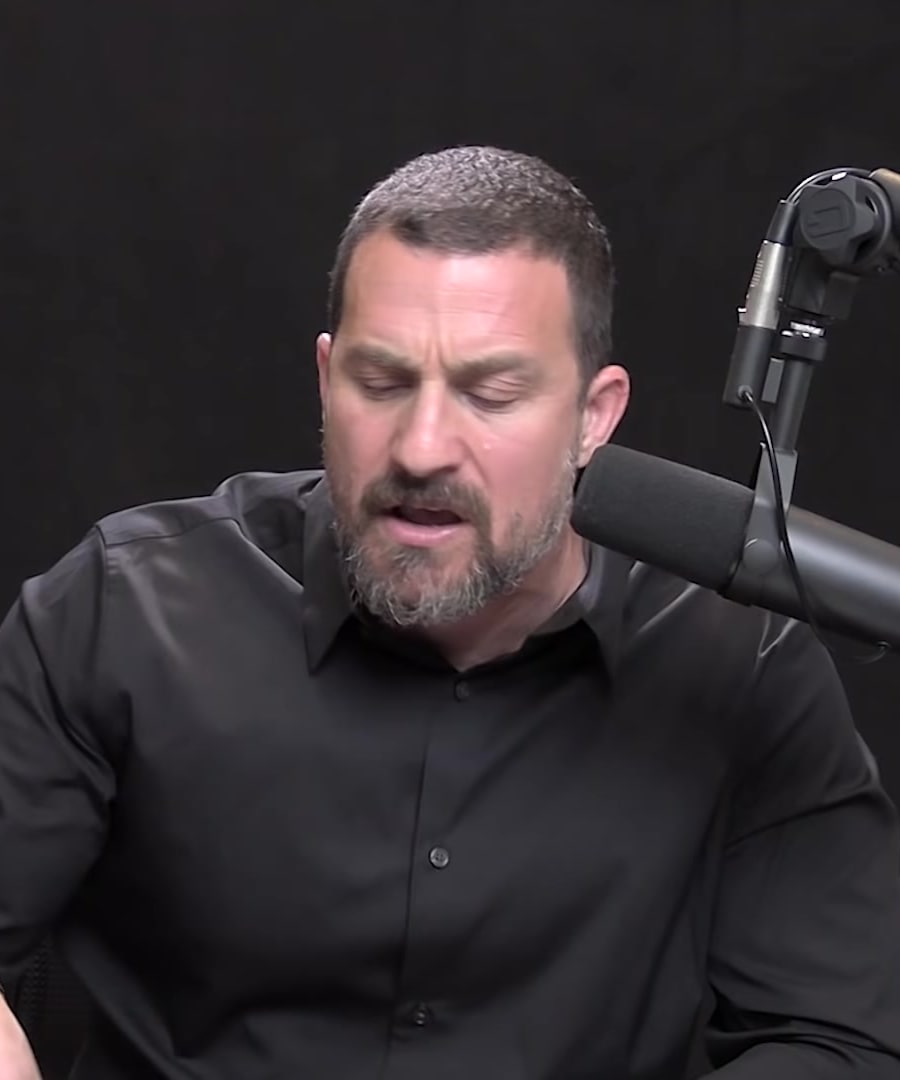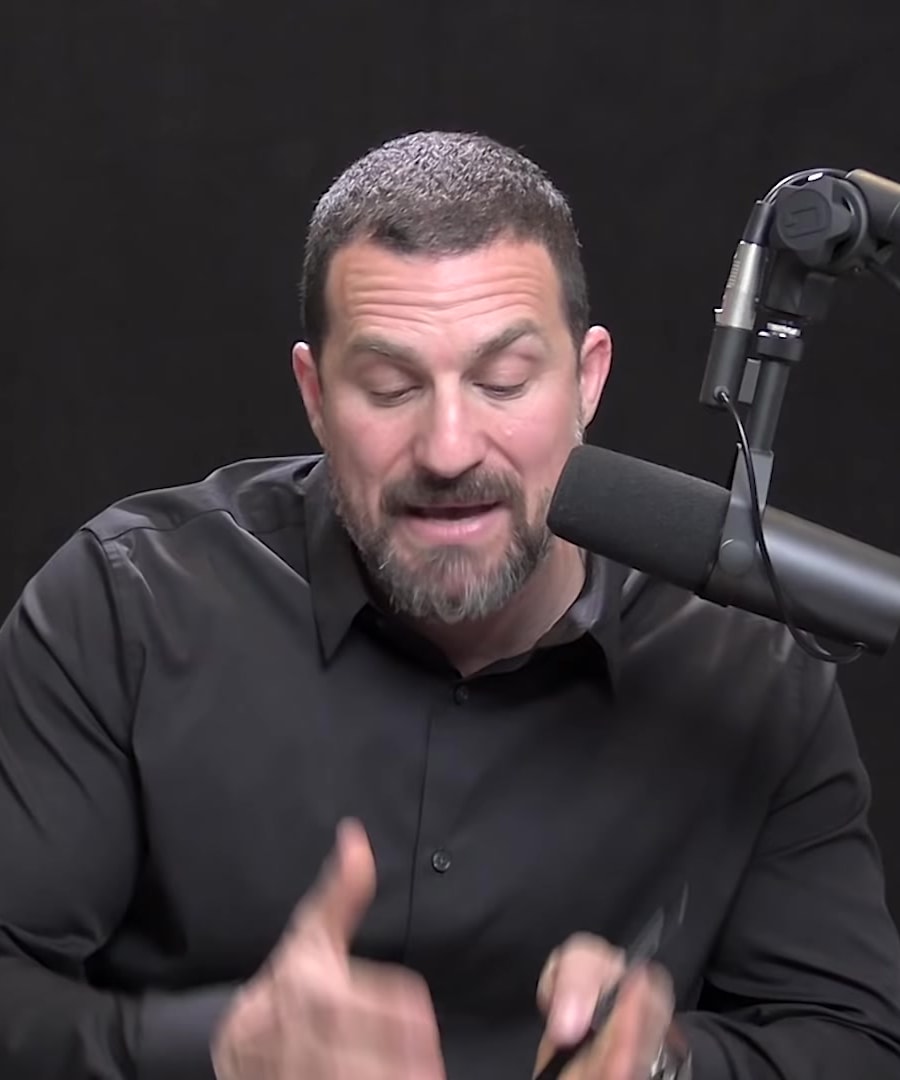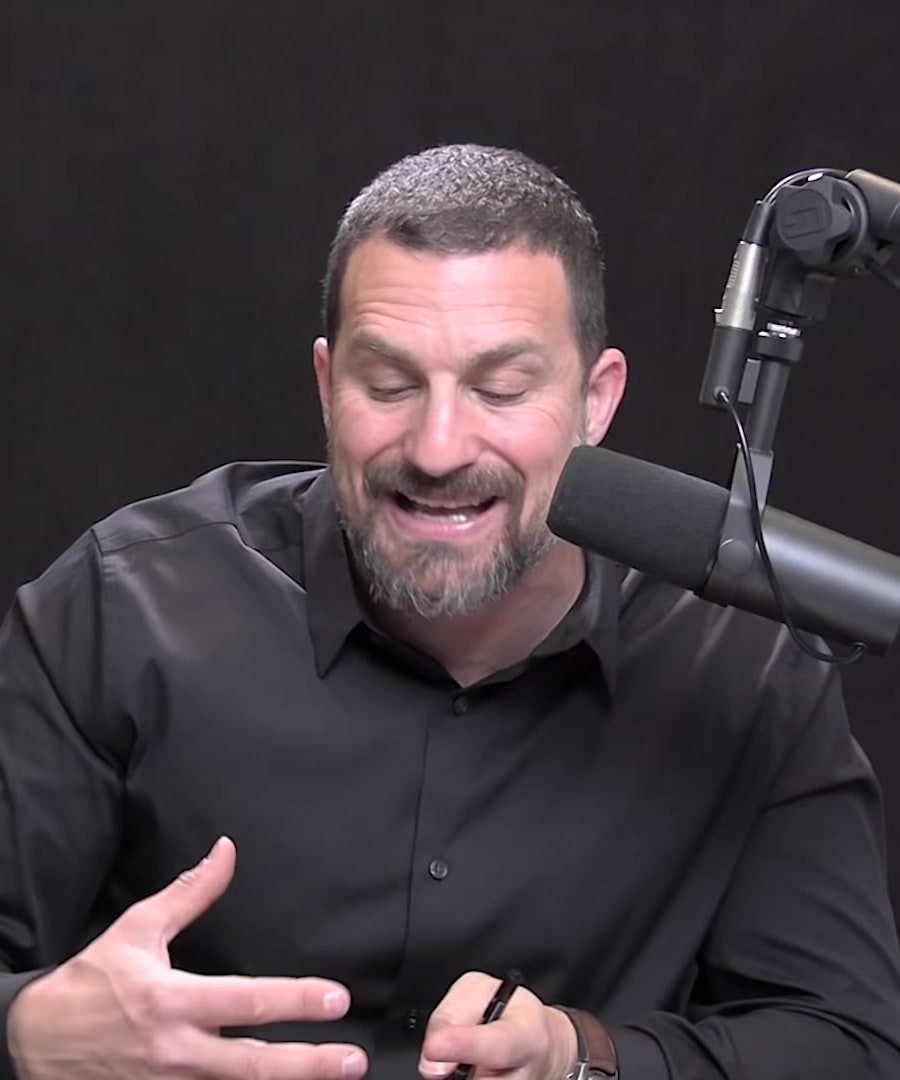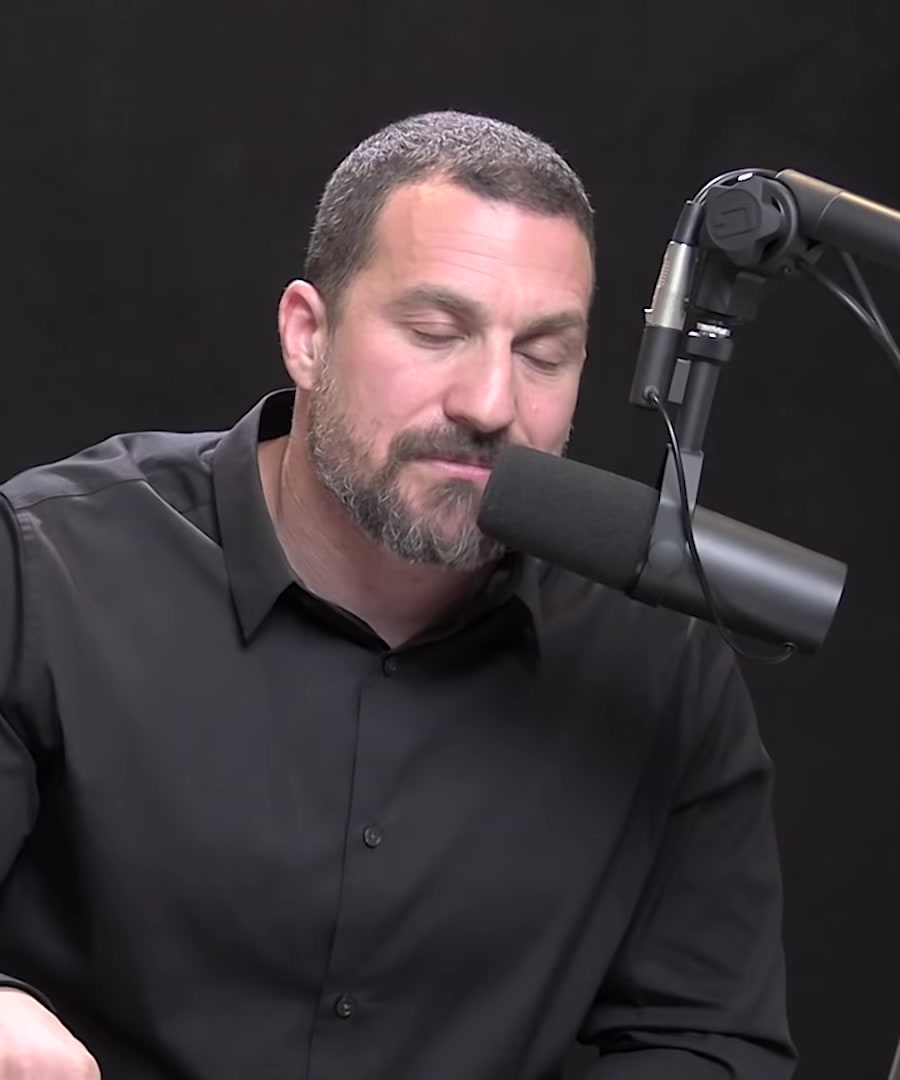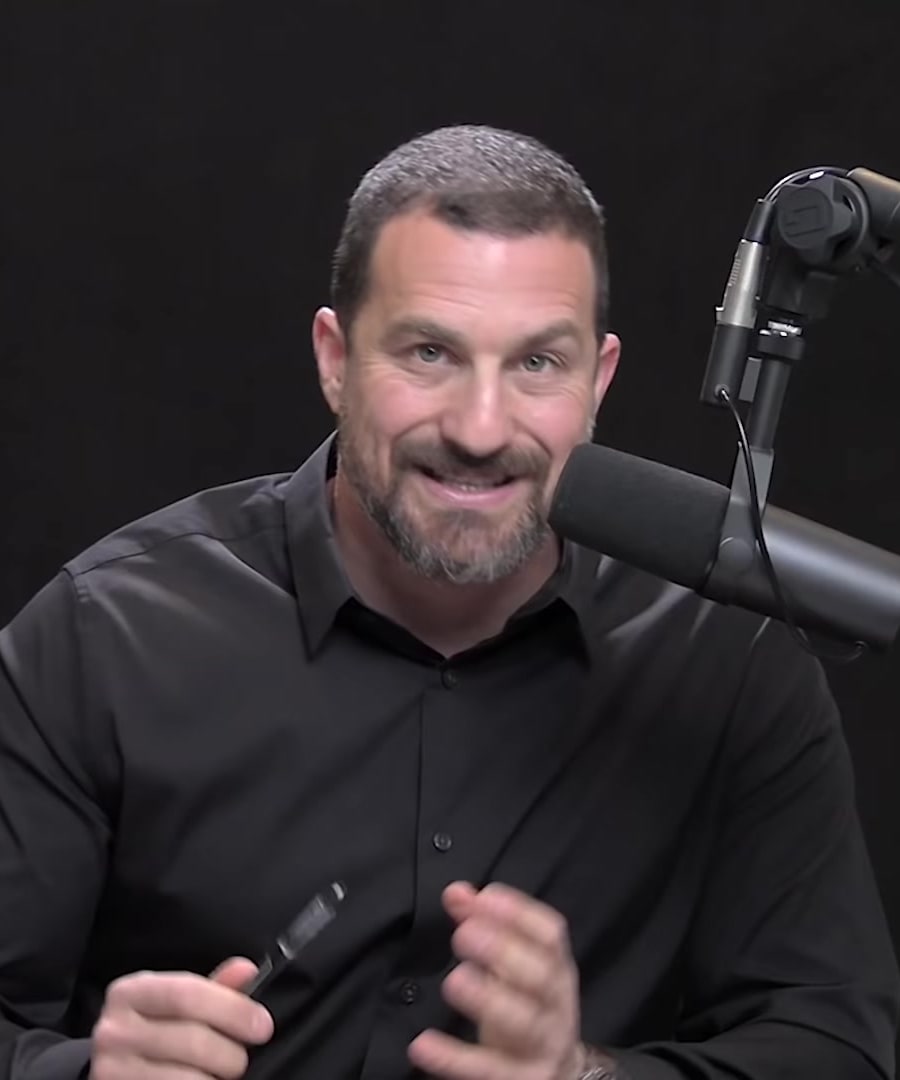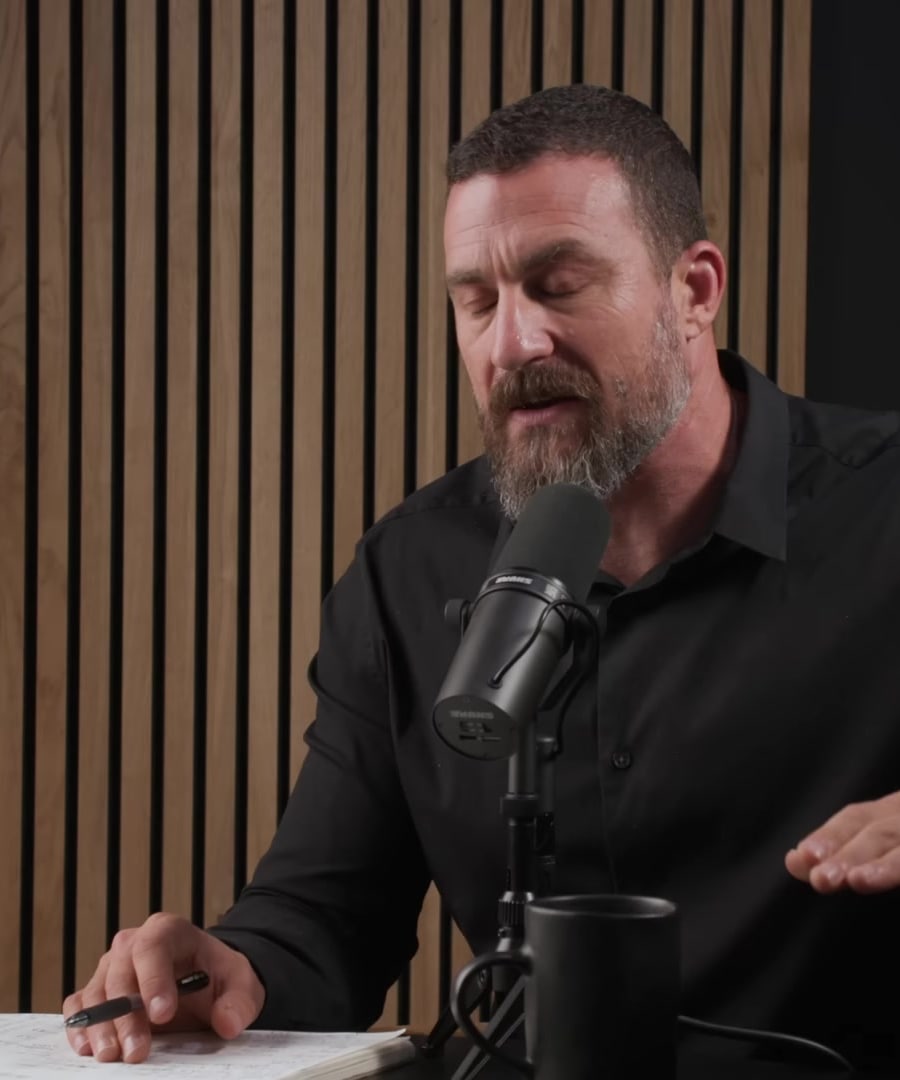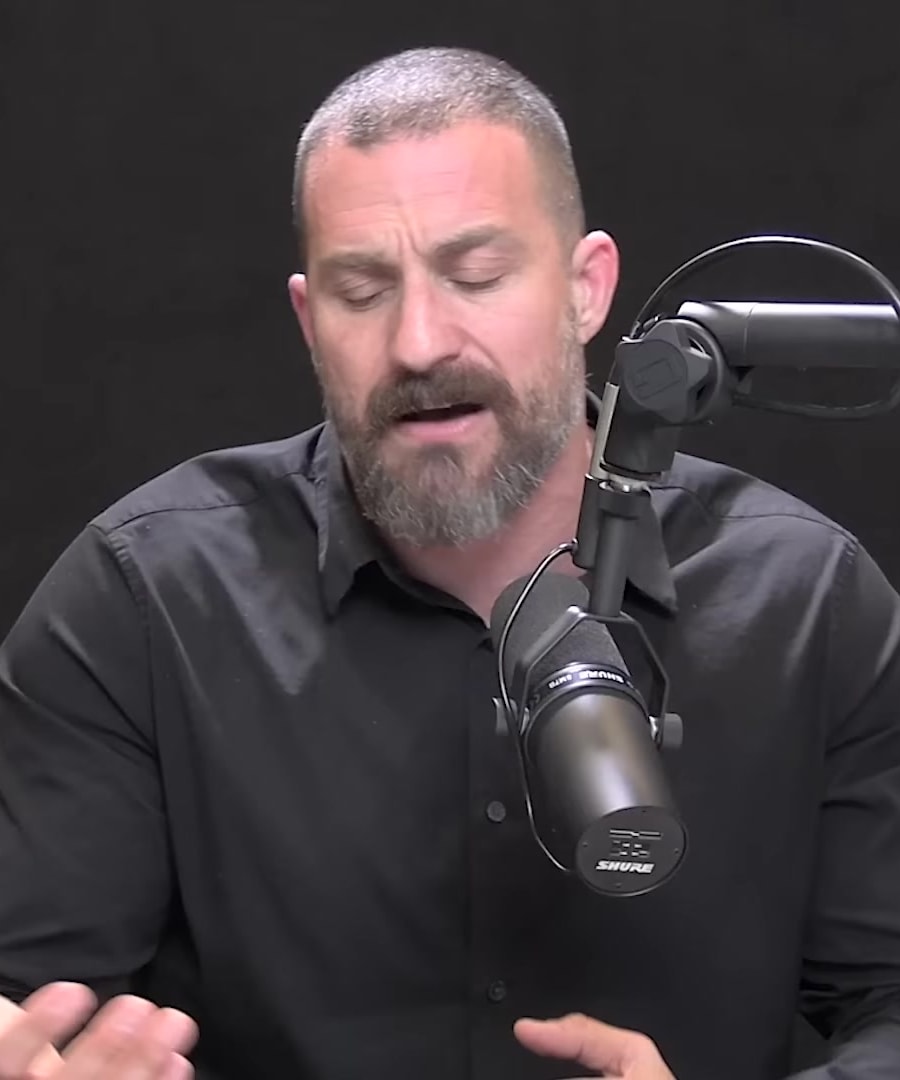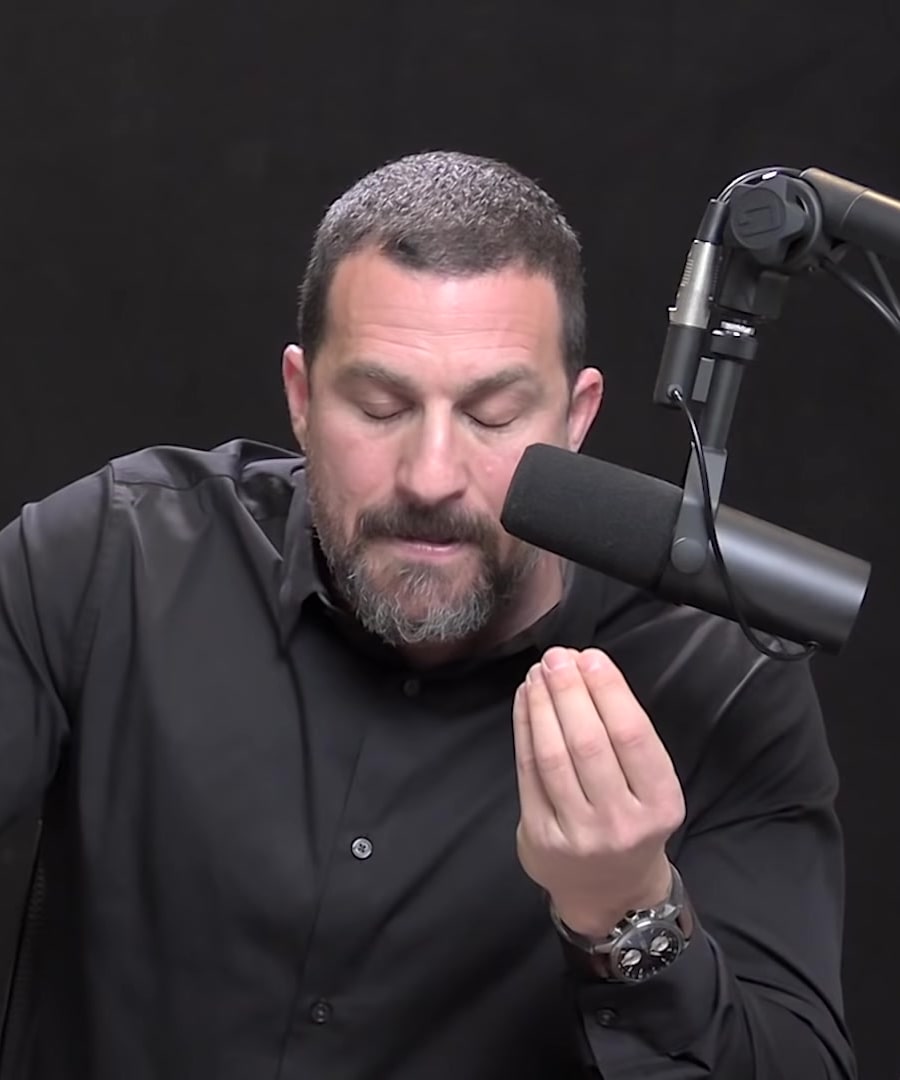how can I manage stress and anxiety?
Sources:
To manage stress and anxiety, offers several tools and strategies:
-
Physiological Sigh: This is a breathing technique where you take two inhales through the nose followed by an extended exhale through the mouth. It can help turn off the stress response quickly 1.
-
Exercise and Cold Exposure: Regular exercise and deliberate cold exposure (like cold showers or ice baths) can help increase your stress threshold, making your body more adaptable to stress over time. During cold exposure, practice calming your mind despite the physical stress to build resilience 2.
-
Social Connection: Building and maintaining strong social connections is crucial for mitigating long-term stress. Even in our digitally connected world, real, in-person interactions are more effective in reducing stress 3.
-
Objective Tools: Real-time modulations like controlled breathing, physiological signs, and mindful focus on body sensations rather than getting caught up in thoughts can help manage immediate stress responses 4.
-
Supplements:
- Ashwagandha: Known to lower cortisol levels, aiding in reducing stress and anxiety. Recommended usage is during particularly stressful periods rather than continuously 5.
- L-Theanine: Helps with sleep quality and reducing stress, as well as enhancing relaxation and attention. Can be particularly useful in the late afternoon to manage increasing stress 6.
It's essential to understand that stress is a broad system designed to mobilize various bodily functions. Managing stress involves both immediate actions and long-term lifestyle adjustments. Implementing these strategies can help you gain more control over stress and anxiety, leading to better overall well-being 7.
RELATED QUESTIONS-
What are some breathing techniques for stress?
Sources:
Here are some breathing techniques that recommends for managing stress:
-
Physiological Sigh: This involves a double inhale through the nose (a deep initial inhale followed by a smaller second inhale) and a long exhale through the mouth. This technique quickly reduces stress by reinflating the collapsed sacs in the lungs and offloading carbon dioxide. Doing this once or twice can significantly bring down stress levels 1 2.
-
Cyclic Sighing: This method uses the physiological sigh repeatedly for five minutes. Studies have shown this practice not only reduces stress in real-time but also decreases overall stress levels throughout the day, improves mood, and enhances sleep 1 3.
-
Box Breathing: This involves inhaling, holding your breath, exhaling, and holding your breath again, each for a set duration—typically around 4-6 seconds per phase. This method stabilizes heart rate and enhances heart rate variability, promoting a calming response 4.
-
Extended Exhales: Breathing with an emphasis on longer exhales compared to inhales can help reduce stress. This method encourages a calming response and can be especially helpful after physical exertion 4.
-
Cyclic Hyperventilation: This involves deep, rapid breathing followed by breath holds after full exhalations. It heightens autonomic arousal and is more of a stress-inducing practice rather than a calming one, and it requires caution as it can be too stimulating for those prone to panic or anxiety attacks 5.
Remember to practice in a safe, calm environment and consult with a healthcare professional if you have any underlying health conditions or concerns.
These techniques can be combined or used individually depending on the stress level and personal preference, providing powerful tools for stress management throughout the day 3 6.
RELATED QUESTIONS-
Can you give examples of when to use each technique?
Sources:
Here are examples of when to use each breathing technique for managing stress, as per :
-
Physiological Sigh: This technique is highly effective for real-time stress management. Use it when you need to quickly reduce your stress levels, such as during a stressful meeting, in line at the bank, or before public speaking. The physiological sigh, a double inhale followed by a long exhale, helps reinflate lung sacs and offload carbon dioxide, rapidly calming the body 1 2.
-
Cyclic Sighing: For more sustained stress management and to improve overall mood and sleep quality, practice cyclic sighing. This involves performing the physiological sigh repeatedly for five minutes daily. It can be particularly useful during or after high-stress periods to maintain lower stress levels throughout the day 2.
-
Box Breathing: This technique is beneficial in situations that require steady focus and a calm state over a prolonged period, such as before or during a challenging task or presentation. It stabilizes heart rate and enhances heart rate variability, promoting a sense of stability and calm 3.
-
Extended Exhales: Use this technique after physical exertion or whenever you need to wind down, such as after a workout or in the evening before bed. Emphasizing longer exhales helps engage the parasympathetic nervous system, reducing stress and promoting relaxation 3.
-
Cyclic Hyperventilation: This breathing method can be used to heighten autonomic arousal, which can be useful before a demanding physical activity or to build resilience against stress. However, it should be used cautiously due to its highly stimulating nature and potential to induce anxiety in some individuals 4.
These techniques can be integrated into daily routines for stress management, physiological balance, and enhanced well-being 2 5.
RELATED QUESTIONS-
how can I manage stress and anxiety?
- RELATED QUESTIONS
What are some breathing techniques for stress?
- RELATED QUESTIONS
Can you give examples of when to use each technique?
- RELATED QUESTIONS
